Fries, noodles, dumplings and churros on the hope – your ticket to hospitality success
Restaurants, cafes and bars aren’t the cheapest to establish – surprise, surprise…
Established eateries can easily cost between a quarter and half a million dollars – not to mention having to come up with a good location, interior design, and the council consent process. Even if you manage to spend less than $250,000 on setting up a restaurant, it will most likely fail. Standards today are really high.
But there’s hope for the foodies yet. Mobile food businesses, or food trucks as they’re better known, can be a good stepping stone toward that dream of owning a restaurant or café.
Night markets are a growing phenomenon in New Zealand which has seen us go from occasionally out-fitting a food truck, trailer, or caravan a year ago, to doing around five or six a week. Growth has gone through the roof to the extent that we released a mobile mini-kitchen range earlier this year.
It costs between $5,000 – $7,000 to equip a food trailer with fryers, a pasta cooker, a griddle and under-bench refrigeration. A food truck outdoor mobile kitchen set-up will cost you between $30,000 – $40,000 – that’s plus the cost of building a trailer and getting it sign-written, so it’s definitely a viable option.
Along with night markets, outdoor dining through farmers’ markets, functions, expos, and agricultural shows are booming in popularity. There are so many opportunities in the food truck business, and the beauty of catering at other people’s functions is that the organisers will complete the required consent.
While it may seem like an easier option, it is still important to do the right research and plan carefully, especially because the competition will only get tougher. So, here are some things to consider in the food-truck business:
1. Should you stay or should you go?
A mobile kitchen isn’t necessarily mobile. You can choose to travel from event to event or remain in one location. The first decision is about just how mobile you want to be – obviously, both have their pros and cons. For example, some restaurants I’ve seen have set up kitchens in a mobile containers to maximise seating capacity, while others make food and distribute it through Uber Eats.
2. What to eat and what not?
Research your food choices. Just because nobody is making a certain dish doesn’t mean there’s a gap in the market. It may simply be a less popular food choice – it’s always better to go with what people know and understand because most mobile kitchen consumers are not adventurous foodies.
3. Stand out
When it comes to your identity, you must stand out because you are literally parked in a crowded marketplace. Treat your trailer as you would a restaurant. Pay attention to your signage, your décor, and cleanliness, and just because it’s a trailer doesn’t mean it has to be boring. You can outfit a stunning, fully equipped trailer with great signage for less than $40,000, plus a food safety license from the council for less than a thousand dollars.
How we eat and where we choose to eat is changing and the sky is the limit.
It is important to do thorough research and planning before investing in a food truck. You should consider whether you want to remain in one location or travel from event to event, research your food choices, and create a unique and memorable identity for your food truck. Additionally, it is important to equip your food truck with high-quality equipment, such as bain maries, chest freezers, and ovens, to ensure that your food is of the highest quality.
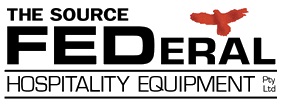
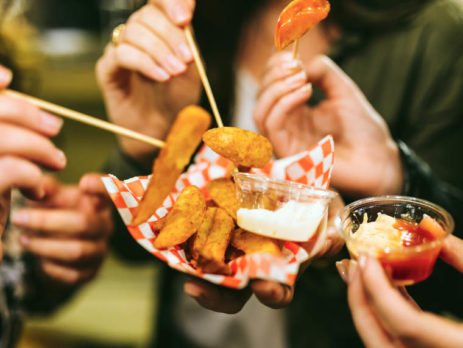
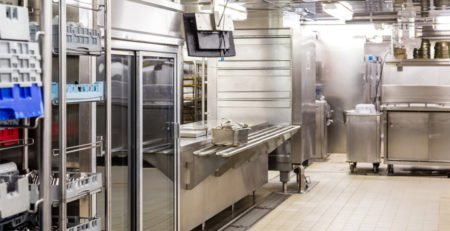
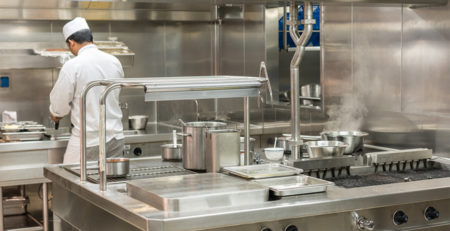



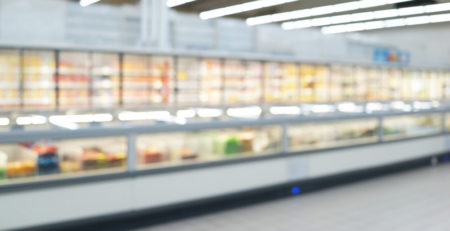

Leave a Reply